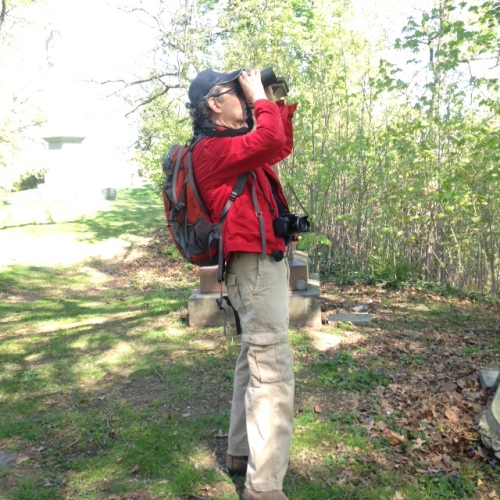
If you would like to contact me, leave a comment below. As all comments are approved, I will not publish your query if you don’t want me to. Or email me directly at matthewwills at earthlink dot net. I am available for other writing and educational gigs. I lead tours and give pretty good slide show presentations for adults and children (I’ve worked with elementary and middle school kids). References are available.
My name is Matthew Wills. I’m a Brooklyn resident who, in growing older, has returned to nature. In Brooklyn? Yes, as a matter of fact, in Brooklyn, NY, where, you may be surprised to learn, a great host of life-forms are to be found. In these pages (of blog), I will be exploring the life I discover in what I call the Back 40, a small patch of concrete out back, as well as the wider range of Brooklyn and the rest of NYC, and places beyond. I am an amateur naturalist, with a stress on the amateur, so please feel free to challenge and/or correct my bogus/bunk science. I started bird watching in Prospect Park about a decade ago, a story I write about here and was interviewed about here by artist extraordinaire Zina Saunders, whose portrait of me is below. From there I branched out into trees, mushrooms, arthropods, etc., whatever catches my eye and awakens my curiosity.

Ivana Kottasová and Audrey Yoo of the The Brooklyn Ink produced this profile of me:
Nature Blogger from Brooklyn Ink on Vimeo.WNYC’s Amy Pearl and I made this short advertisement for the universe. Check it out.

Leave a reply to mthew Cancel reply